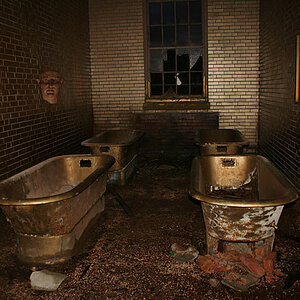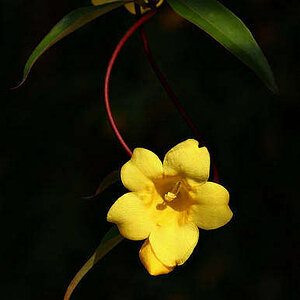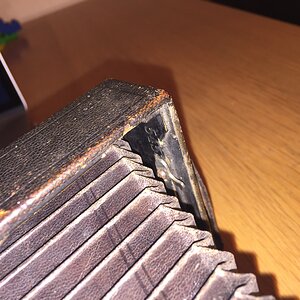Navigation
Install the app
How to install the app on iOS
Follow along with the video below to see how to install our site as a web app on your home screen.

Note: This feature currently requires accessing the site using the built-in Safari browser.
More options
You are using an out of date browser. It may not display this or other websites correctly.
You should upgrade or use an alternative browser.
You should upgrade or use an alternative browser.
Light test and color saturation
- Thread starter Soocom1
- Start date
- Joined
- Mar 29, 2016
- Messages
- 14,856
- Reaction score
- 8,310
- Can others edit my Photos
- Photos NOT OK to edit
Not to be overly negative, but the image to me is uninteresting. There is an art form to staging random articles, and making it look random, but in this case it missed. Even in a random object image there needs to be a central focus point that pulls the eye in, but lets it take in the scene without letting the eye wander. The red book could be a good use of color, but being off center, the eye has to travel to far to take in the rest of the scene.
Overall the saturation is fine, but the image is a little flat, maybe a little more contrast? On the lighting there is a severely blown highlight on the mandolin, and an annoying light spot on the pillow, next to the bottom of the bottle, just above the cheese. The reflection in the glass is nice, was that added post?
A good still life is not so much about even lighting but more about using light and shadow to hide/reveal what "you" want the viewer to see. It gives you options in selecting and balancing the scene so that no one object becomes overpowering.
Overall the saturation is fine, but the image is a little flat, maybe a little more contrast? On the lighting there is a severely blown highlight on the mandolin, and an annoying light spot on the pillow, next to the bottom of the bottle, just above the cheese. The reflection in the glass is nice, was that added post?
A good still life is not so much about even lighting but more about using light and shadow to hide/reveal what "you" want the viewer to see. It gives you options in selecting and balancing the scene so that no one object becomes overpowering.
K9Kirk
Been spending a lot of time on here!
- Joined
- Feb 15, 2019
- Messages
- 15,342
- Reaction score
- 10,004
- Location
- Central Florida (Ruskin area)
- Can others edit my Photos
- Photos NOT OK to edit
When you get a bright spot in one part of the pic it's not always possible to adjust for it and not leave everything else looking too dark so adjusting any light before the pic (if at all possible) is your best solution to the problem that hasn't happened just yet. A screen, film or something to dim a super bright spot is what I would do 'if shooting for perfection'.
I find the cheese annoying because now I'm craving cheese and it's not time to eat yet. (jk)
I find the cheese annoying because now I'm craving cheese and it's not time to eat yet. (jk)

Soocom1
Been spending a lot of time on here!
- Joined
- Feb 27, 2006
- Messages
- 3,253
- Reaction score
- 1,489
- Can others edit my Photos
- Photos NOT OK to edit
The buy some cheese and eat..When you get a bright spot in one part of the pic it's not always possible to adjust for it and not leave everything else looking too dark so adjusting any light before the pic (if at all possible) is your best solution to the problem that hasn't happened just yet. A screen, film or something to dim a super bright spot is what I would do 'if shooting for perfection'.
I find the cheese annoying because now I'm craving cheese and it's not time to eat yet. (jk)
he he he he he



Derrel
Mr. Rain Cloud
- Joined
- Jul 23, 2009
- Messages
- 48,225
- Reaction score
- 18,941
- Location
- USA
- Website
- www.pbase.com
- Can others edit my Photos
- Photos OK to edit
It looks good as far as it goes, but I think the scene lacks really colorful items which would illustrate the saturation capability of the sensor. Mostly you have subtle earthtones,with the exception of the old red covered book. The exposure looks pretty good overall but it looks like you had a shaft of very hot light that hit the mandolin, overexposing part of it and a little bit on the pillow.
As a composition I feel like there is too much empty space at the top of the frame. The bottom of the frame has a lot going on but the top is simply empty.
As a composition I feel like there is too much empty space at the top of the frame. The bottom of the frame has a lot going on but the top is simply empty.
- Joined
- Mar 8, 2011
- Messages
- 25,160
- Reaction score
- 9,010
- Location
- Iowa
- Website
- pixels.com
- Can others edit my Photos
- Photos NOT OK to edit
The pillow is out of place. Most folks don't have a pillow on their tables.
The blue door takes up far too much real estate and is a distraction to me.
The blue door takes up far too much real estate and is a distraction to me.
- Joined
- Mar 29, 2016
- Messages
- 14,856
- Reaction score
- 8,310
- Can others edit my Photos
- Photos NOT OK to edit
Keep in mind I had a linear polarizer on the front of a 85mm lens.
No flash and adjusted WB to shade.
Why exactly did you feel the need to use a polarizing filter? The further you get from 90 degrees on the angle of light the less the effect anyhow. Plus saturation isn't always increased it all depends on whether a particular object is at an optimal angle to the sun, and whether this object is highly reflective. In shade it can actually work against you creating drab colors. Since the hot light appears relatively small in size, a better approach might have been to flag it, or change your shooting angle.
Since you've marked not okay to edit, I don't want to touch your image to show you what I mean about using light and shadow, but here is one I did awhile back that included an "odd man out" element. The idea is to create an environment where not all is revealed at once, to give the viewer time to explore the image.
Soocom1
Been spending a lot of time on here!
- Joined
- Feb 27, 2006
- Messages
- 3,253
- Reaction score
- 1,489
- Can others edit my Photos
- Photos NOT OK to edit
I shot multiples, that was the best of the bunch.
W/O the filter the blow out was pritty harsh.
But the intent was not to display, it was to test the camera's abilities and the lens itself.
Plus given that I intend to use the lens in other situations including some portraits, the need for a polarizer was pressing.
overall, the image itself was simply a test to see if I would get the effects I wanted.
IMO it did.
W/O the filter the blow out was pritty harsh.
But the intent was not to display, it was to test the camera's abilities and the lens itself.
Plus given that I intend to use the lens in other situations including some portraits, the need for a polarizer was pressing.
overall, the image itself was simply a test to see if I would get the effects I wanted.
IMO it did.
- Joined
- Mar 29, 2016
- Messages
- 14,856
- Reaction score
- 8,310
- Can others edit my Photos
- Photos NOT OK to edit
I shot multiples, that was the best of the bunch.
W/O the filter the blow out was pritty harsh.
But the intent was not to display, it was to test the camera's abilities and the lens itself.
Plus given that I intend to use the lens in other situations including some portraits, the need for a polarizer was pressing.
overall, the image itself was simply a test to see if I would get the effects I wanted.
IMO it did.
I apologize if I misunderstood your post, but in the OP you stated "curious as to how people like this" and "Its more light composure and color test", I was trying to comment on the questions you first posed.
In this last post you say it "was simply a test to see if I would get the effects I wanted,
IMO it did". So as to avoid further confusion on my part, what exactly was the effect you were looking for, and how do you think it achieved your expectation?
Soocom1
Been spending a lot of time on here!
- Joined
- Feb 27, 2006
- Messages
- 3,253
- Reaction score
- 1,489
- Can others edit my Photos
- Photos NOT OK to edit
Test yes, and valid in both points.I shot multiples, that was the best of the bunch.
W/O the filter the blow out was pritty harsh.
But the intent was not to display, it was to test the camera's abilities and the lens itself.
Plus given that I intend to use the lens in other situations including some portraits, the need for a polarizer was pressing.
overall, the image itself was simply a test to see if I would get the effects I wanted.
IMO it did.
I apologize if I misunderstood your post, but in the OP you stated "curious as to how people like this" and "Its more light composure and color test", I was trying to comment on the questions you first posed.
In this last post you say it "was simply a test to see if I would get the effects I wanted,
IMO it did". So as to avoid further confusion on my part, what exactly was the effect you were looking for, and how do you think it achieved your expectation?
For background:
In the past and for whatever reason, I have made many multiple photographs of still life, people, landscape, etc and the images have had extremely low contrast, flatness and a lack of black, color rendition and other factors.
The longer this went on, the more trouble I had in understanding exactly what was happening. It also drove me give up on photography for about 4 years.
That was until I finally switched out cameras (1Ds to 5D) and the end result has been startling and eye opening. (this after the 1Ds was drove into the ground with my 35-350.)
Working from other photos I have taken in the past (digital) this is showing me a great deal more than I previously knew.
Understand that in the past almost all of my lenses (with some notable exceptions) have been zoom.
This was shot with a prime.
That fact alone has led me to believe that there was something else going on with the lenses as well.
(I have multiple Canons and the glass functioned almost identically on each one).
This prime and the image given speaks volumes and tells me more than I previously realized.
I am not discounting the C&C, but my thought processes work a bit. diff. than others, and what your telling me I am translating to the mechanical aspects of the photo itself vs. simple composure. Though that plays a large part in this.
Derrel
Mr. Rain Cloud
- Joined
- Jul 23, 2009
- Messages
- 48,225
- Reaction score
- 18,941
- Location
- USA
- Website
- www.pbase.com
- Can others edit my Photos
- Photos OK to edit
I shut the Canon5D from roughly 2006 to 2012 and still have it, but no longer use it. I found it to be a pretty good Picture maker. If you used to have a lot of problems with low contrast images, and you shot JPEG straight out of the camera,perhaps the issue was with the way you had the tone curve set up?
Soocom1
Been spending a lot of time on here!
- Joined
- Feb 27, 2006
- Messages
- 3,253
- Reaction score
- 1,489
- Can others edit my Photos
- Photos NOT OK to edit
RAW.I shut the Ken five deep from roughly 2006 to 2012 and still have it but no longer use it. I found it to be a pretty good Picture maker. If you used to have a lot of problems with low contrast images, and you shot JPEG straight out of the camera,perhaps the issue was with the way you had the tone curve set up?
I actually changed the tone, color matrix and just about every other Custom function in the book.
Remember that my previous comparisons was my now long stolen Minolta 7D, and the film I shot previous to that.
The 1Ds did fine in general, but I long suspected something else was going on.
Regardless, the black areas are doing what I wanted, and if you could see the original 97Mb Tiff file, it pops out.
I see that it isnt a show quality print, I get that. But the funny part is that the image shows the colors so faithfully here that I was blow away to the rendition.
Especially the wood tone on both the face and the neck of the Lute.
Similar threads
- Replies
- 0
- Views
- 204
- Replies
- 4
- Views
- 312


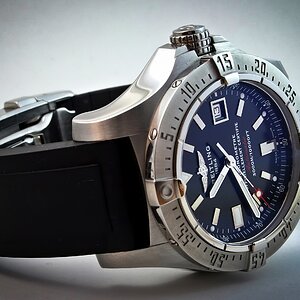
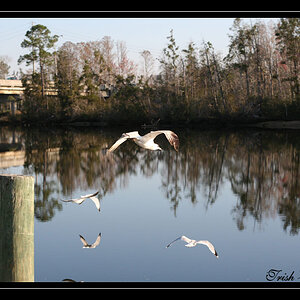
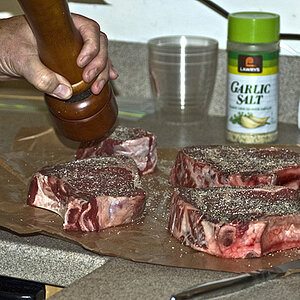
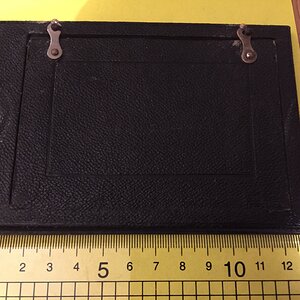
![[No title]](/data/xfmg/thumbnail/37/37603-739c5d9b541a083a12f2f30e45ca2b7b.jpg?1619738147)
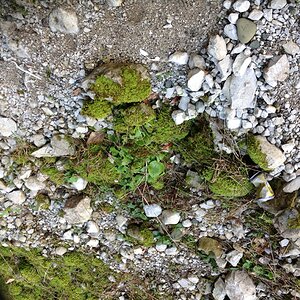
![[No title]](/data/xfmg/thumbnail/32/32699-3434a76363cb383404e00a3cd5ed5728.jpg?1619735601)
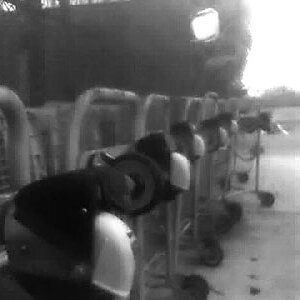
![[No title]](/data/xfmg/thumbnail/37/37606-3c9ffb5906173fa2aa489341967e1468.jpg?1619738148)
